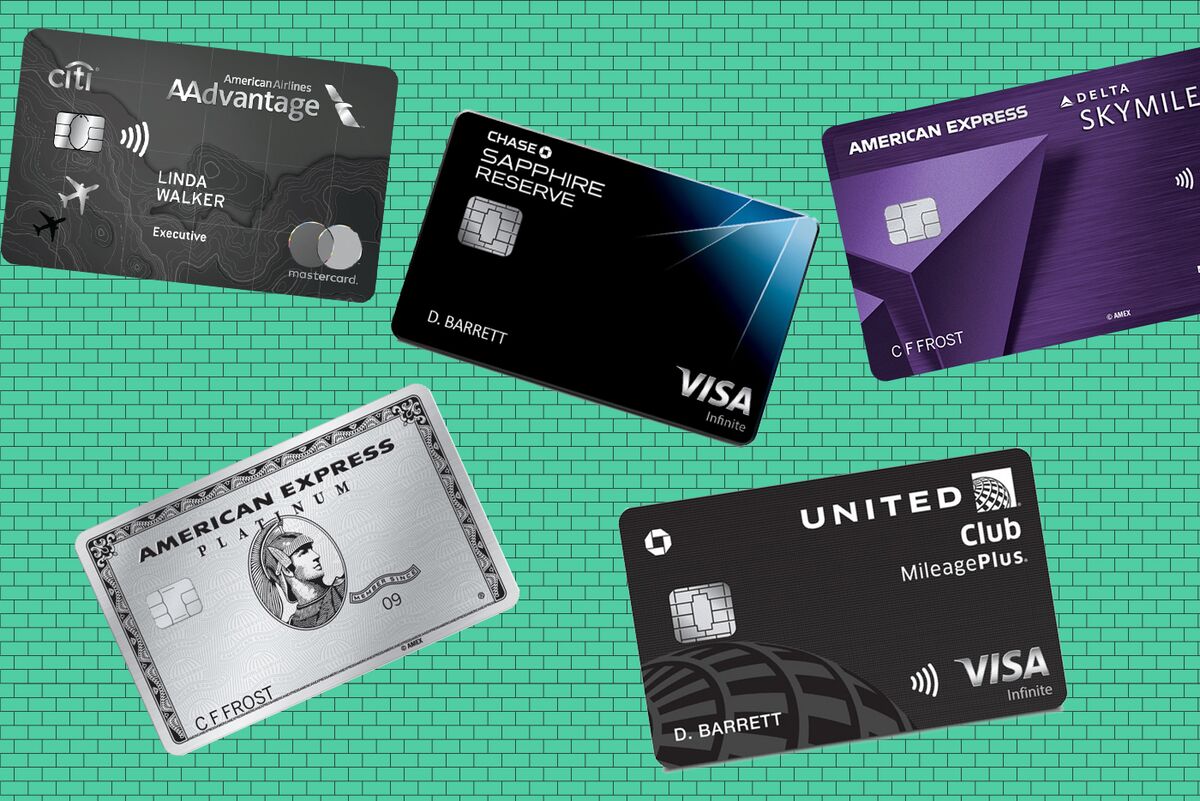Best Credit Cards for Beginners in the USA — 2025 Guide
Learn how to choose your first credit card, build credit safely, and avoid common beginner mistakes.

Why picking the right first card matters
Getting your first credit card is an important step in personal finance. A good starter card helps you build a strong credit history, access useful benefits, and avoid unnecessary fees. The wrong choice can lead to high costs, debt, and a damaged credit score.
How we evaluate cards for beginners
When recommending starter cards, focus on these criteria:
- Credit score requirement: Cards for beginners typically accept applicants with no or limited credit history.
- Fees: Look for low or no annual fee and sensible penalty fees.
- APR: Interest rate matters only if you carry a balance — plan to pay in full monthly if possible.
- Rewards & benefits: Simple cashback or introductory bonuses can be useful, but avoid chasing rewards if it increases costs.
- Tools & education: Good issuers provide credit monitoring, clear statements, and educational resources for first-time cardholders.
Quick comparison: What to look for (at a glance)
| Card type | Best for | Typical pros | Watch outs |
|---|---|---|---|
| No-credit / Secured cards | Building credit from zero | Accessible approval, refundable security deposit | Lower credit limits, sometimes fees |
| Student cards | Students with limited history | Lower fees, educational perks | Rewards usually modest |
| Cashback starter cards | Everyday spending | Simple rewards, offsets small expenses | Some require decent credit |
Step-by-step: How to choose your first credit card
1. Decide your goal
Are you trying to build credit, earn a little cashback, or cover emergencies? Your goal determines the best card type.
2. Check your credit (or lack of it)
If you have no credit history, start with secured or student cards. If you have a limited record, look for cards that accept ‘fair’ credit.
3. Compare fees and APR
Prefer low annual fees (or none) and reasonable penalty terms. APR is only relevant if you plan to carry a balance — best practice is to pay in full each month.
4. Look for clear issuer tools
Choose providers that offer credit-building tools, notifications, easy online management, and good customer support.
5. Read the fine print
Watch for foreign transaction fees, introductory APR periods, and how the issuer reports to the credit bureaus (important for building credit).
Tips to build credit quickly and safely
- Pay on time, every time. Payment history is the single biggest factor in your credit score.
- Keep utilization low. Use less than 30% of your available credit to show responsible behavior (ideally under 10% for fastest growth).
- Use the card regularly. Small recurring charges (subscription, groceries) and automatic payments help establish activity.
- Monitor your credit report. Check for errors and understand how accounts affect your score.
- Avoid applying for many cards at once. Multiple hard inquiries can temporarily lower your score.
Common beginner mistakes (and how to avoid them)
- Carrying a balance: Interest can erase any rewards you earn. Aim to pay statement balance in full.
- Ignoring due dates: Set up autopay or reminders to avoid late payments.
- Choosing rewards over affordability: Don’t pick a card with high fees just for rewards you won’t use.
- Not checking reporting: Confirm issuer reports to all three major credit bureaus (Equifax, Experian, TransUnion).
How to upgrade later
Once you have a longer history and good payment record, you can look for cards with bigger rewards or lower fees. Many issuers allow product changes (upgrade/downgrade) without a hard pull — contact your issuer to learn options.
Apply with confidence — checklist
Before you hit Apply, make sure you:
- Meet the issuer’s minimum credit requirement (check issuer guidance).
- Have your Social Security Number and proof of income ready.
- Understand fees, interest and grace periods.
- Plan to pay the statement balance in full each month.
Next steps
If you want, I can:
- Prepare a list of 5 current starter cards (I can research live offers and add them with links and up-to-date perks).
- Create a short downloadable Beginner’s Credit Checklist you can offer as a lead magnet.
- Write the follow-up posts: “How to build credit in 6 months” and “Top no-annual-fee cashback cards for beginners”.
If you’d like me to fetch and insert current 2025 card recommendations (issuer names, exact APR ranges, welcome bonuses), say “Yes — add live card recommendations” and I’ll research the latest offers and add them with sources.
Call-to-action: Want this article published and formatted on your WordPress site? I can deliver the post with properly optimized meta tags, featured image suggestions, and category/tags set.

Leave a Reply